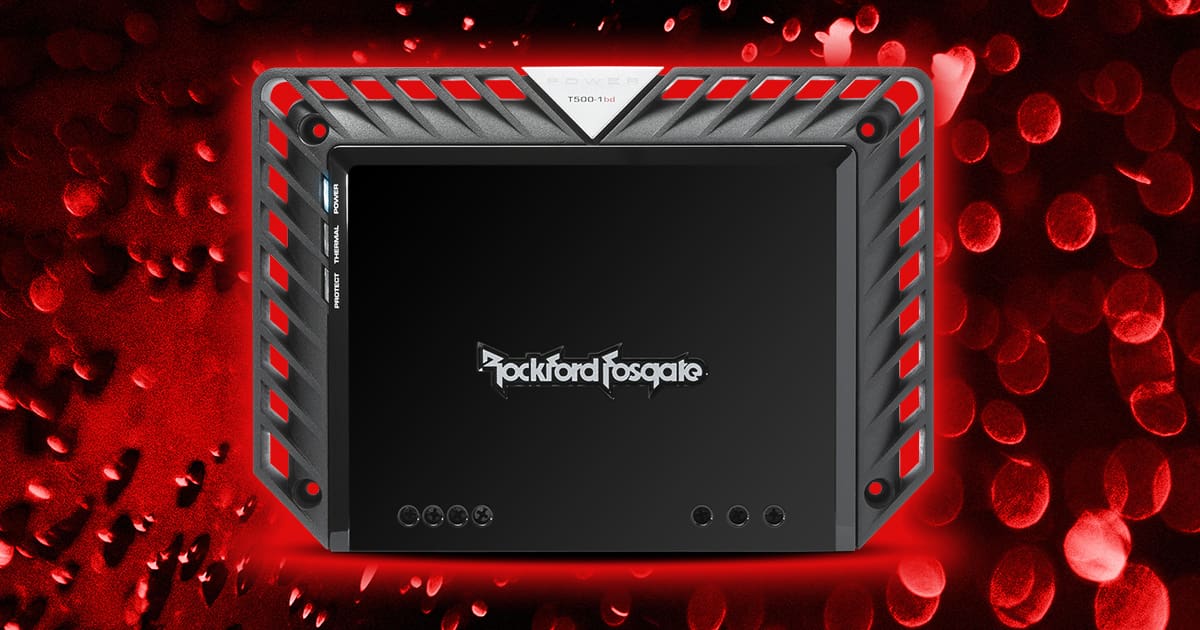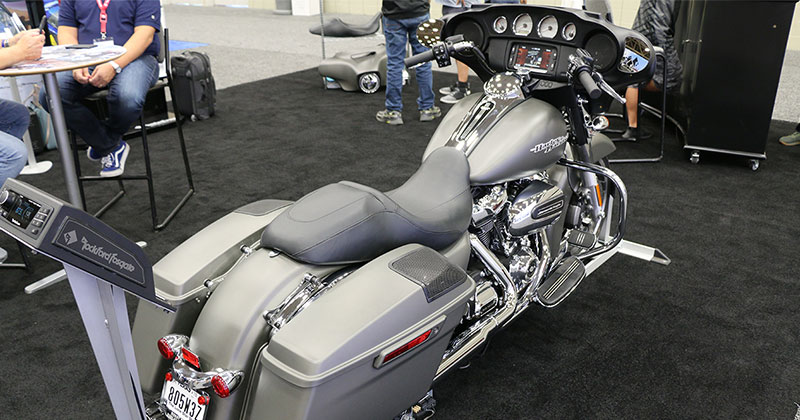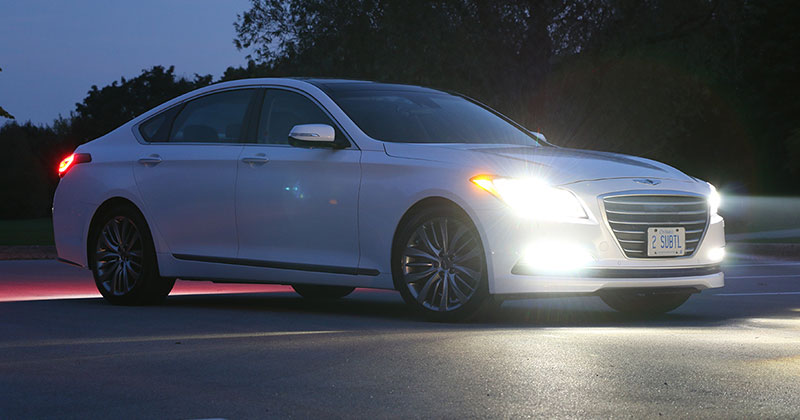
by Support Tech | Sep 9, 2024 | RESOURCE LIBRARY, ARTICLES, Backup Safety, Driver Safety, PRODUCTS
It’s no exaggeration to say there are hundreds of dash cams on the market. Many are budget models plagued by low-resolution sensors, excessive image compression, and contrast issues. Others offer upgraded optics but still lack state-of-the-art convenience features....

by Support Tech | Sep 2, 2024 | RESOURCE LIBRARY, ARTICLES, Car Audio, PRODUCTS
In January of 2024, we had the privilege of reviewing the Rockford Fosgate T500-1bdCP amplifier. Based on our experiences with amplifiers from the company, it was no surprise that the amp sounded amazing, was impressively efficient, and exceeded all of its power...

by Support Tech | Sep 1, 2024 | RESOURCE LIBRARY, ARTICLES, Motorcycle Audio
If you own a 2014 or newer Harley-Davison touring bike, then there are a few things you need to know before you decide to upgrade your stereo system. We know that the Boom! Box radio has a reasonable set of features with navigation, an AM/FM tuner, a USB port for...

by Support Tech | Aug 25, 2024 | RESOURCE LIBRARY, ARTICLES, Lighting
Upgrading the headlight bulbs or assemblies on your car or truck is a great way to improve your ability to see long distances while driving. Though many buyers focus on the amount of light produced by the bulb, ensuring that the new solution provides a proper beam...

by Support Tech | Aug 18, 2024 | RESOURCE LIBRARY, ARTICLES, Remote Car Starters
Many consumers ask if a remote car starter affects the safety and security of their vehicle. A while back, we talked about warm-up thefts and how thieves prey on people who start their vehicles with the key to let them warm up in the morning. Leaving your key in your...

by Support Tech | Aug 4, 2024 | RESOURCE LIBRARY, ARTICLES, Car Audio
Upgrading and personalizing pickup trucks and SUVs like the 4Runner, Tacoma and Tundra can make them not only look great but can increase their functionality. The truck accessory industry is a multi-million-dollar business that includes everything from wheels and...







